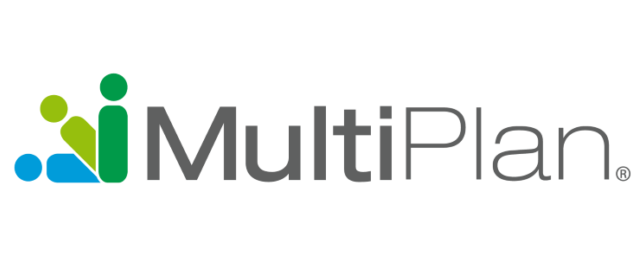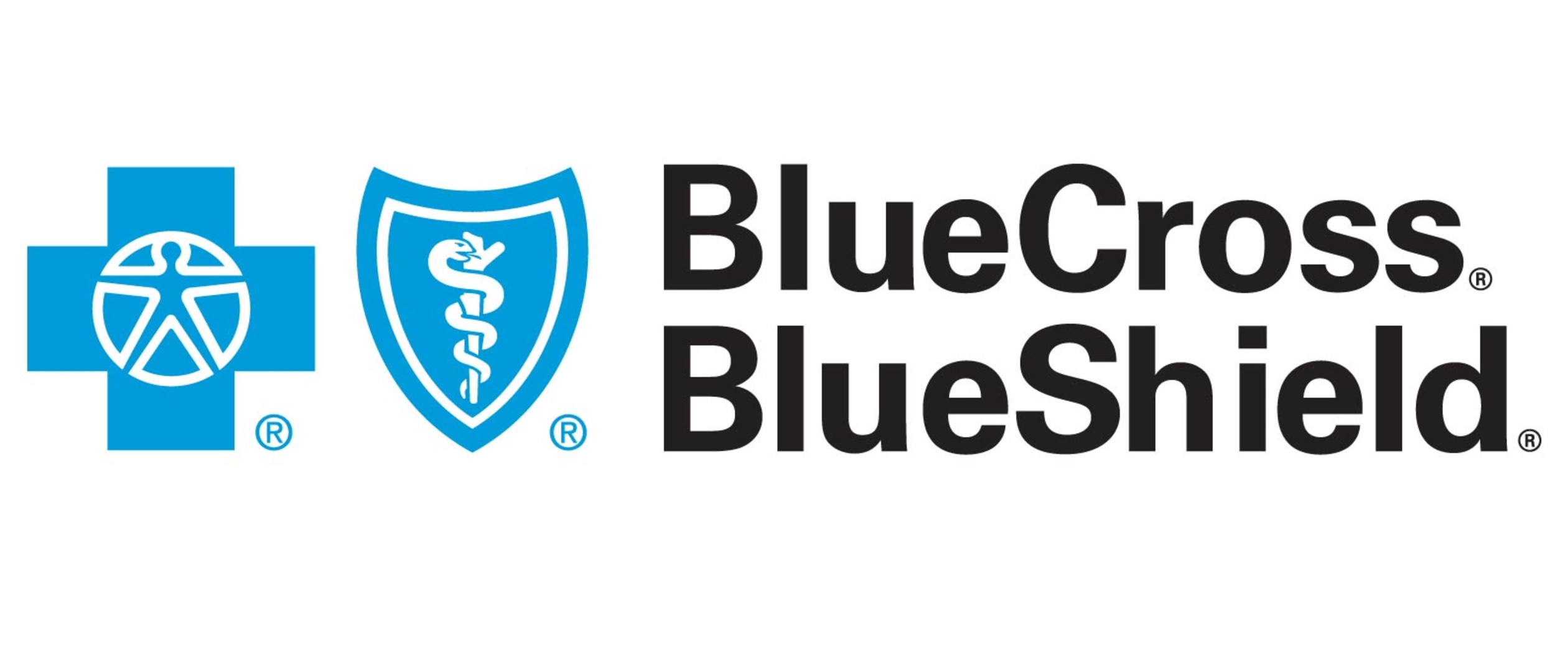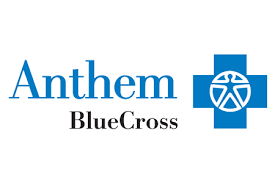Top Rated Private Medical Detox in Southern California
What Is Medical Detox or Medical Detoxification?
Updated 2/28/2022
Medical Detoxification, or medical detox for short, treats drug or alcohol dependence, which isn’t the same thing as addiction. Dependence is characterized by the onset of drug and/or alcohol withdrawal symptoms when you suddenly stop using a substance. Non-medical detox is a detox program that doesn’t involve medication to treat symptoms of withdrawal. CNV Drug and Alcohol Medical Detox & Residential Rehab in Los Angeles, California specializes in drug and alcohol sub-acute detoxification & residential rehabilitation. Our dual diagnosis treatment is also available for those who are suffering from addiction & mental health issues.
We treat substance use disorders through a combination of medication and therapy. Medication is used to ease the patient from the physical pain and anxiety of detoxification when needed. Once the patient is relatively comfortable, an individualized treatment plan is created. Patients play an active role in developing their treatment plans.
CNV Drug and Alcohol is a private, sub-acute detox facility. We do not accept MediCal or MediCaid insurances.
CNV Detox in Los Angeles, California is in-network with HMC HealthWorks, Health Net, Com-Psych, Blue Cross Blue Shield, Anthem Blue Cross, Empire Blue Cross Blue Shield, Horizon Blue Cross Blue Shield, Emblem Health, Aetna, Cigna, United Healthcare, and Meritain Health.
If you need FREE help or have MediCal or MediCaid insurance please contact the National Helpline about mental and/or substance use disorders, prevention, treatment, and recovery in English and Spanish.
What Is Sub-acute Medical Detox or Sub-Acute Medical Detoxification?
ACUTE MEDICAL DETOX
The medical definition of acute describeslife-threatening or critical conditions. Therefore, acute detox is for those that have a severe addiction. This detox must be monitored twenty-four hours a day, seven days a week, at a hospital-like facility. It involves hospitalization, around-the-clock medical attention to reduce severe withdrawal symptoms and prevent or treat dangerous complications during the detoxification process. This is because there is a higher risk of fatal side effects, respiratory failure, and seizures.
SUB-ACUTE MEDICAL DETOX
Sub-acute detox is for those undergoing recovery with less severe withdrawal symptoms in comparison to acute detox. This level of detoxification takes place in a residential treatment setting. Medical and mental health professionals monitor you or your loved one’s mild to moderate withdrawal symptoms, providing prescription detox medication if needed. These medications help reduce the severity of any experienced withdrawal symptoms throughout the detox process. CNV detox is a sub-acute treatment center.
Increased Dopamine Activity From Drug and Alcohol Abuse
For example, alcohol acts on the neurotransmitters dopamine, GABA, and glutamate. Initially, alcohol increases the activity of dopamine, which produces feelings of pleasure, and GABA, which is responsible for feelings of calm. At the same time, it decreases the activity of glutamate, which governs feelings of excitability.
Tolerance Builds with Drug and Alcohol Use
This leads to tolerance, which means that you need to consume larger doses to get the same effects in smaller amounts once produced. With heavy alcohol use, the brain tries to normalize function by reducing dopamine and GABA activity and increasing glutamate activity. But the more you use, the more the brain tries to adjust by changing its chemical function. At some point, the brain will change to the presence of drugs or alcohol and function more comfortably when you’re using drugs and alcohol.
What Types of Drug and Alcohol Withdrawal Symptoms Can You Expect?
When you suddenly stop using once you’ve become dependent, normal neurotransmitter function will rebound. This causes physical withdrawal symptoms which vary, depending on the substance. During detox, withdrawal is allowed to follow its course until all traces of drugs or alcohol are out of the cardiovascular system and the brain’s chemical function has begun to return to normal.
5 TYPES OF MEDICAL DETOX PROGRAMS IN LOS ANGELES
The American Society of Addiction Medicine identifies five levels of detox, the first three of which are non-medical.1
2 Levels of Medical Detox
The fourth and fifth levels of detox, Level III.2-D and Level III.7-D, are considered medical detox. The fourth level is monitored by medical and mental health professionals, who may provide medications as needed to treat withdrawal symptoms. The fifth level is medically managed detox and involves hospitalization and around-the-clock medical attention for severe symptoms and dangerous complications.
Intake Assessment Determines Best Detox Level
The level at which detox is entered depends on a number of factors, including the severity of the dependence, how much of the substance is in the body at the time of detox, age, the general state of physical and mental health, and the risk of relapse. An intake assessment at the beginning of detox will help determine which type of program is right for you.

What Withdrawal Symptoms to Expect During Detox
Different drugs produce different withdrawal symptoms. Not everyone will experience all of the withdrawal symptoms associated with a particular drug, and symptoms can range from mild to severe. In some cases, withdrawal can turn dangerous or even fatal.
Alcohol Detox
Alcohol withdrawal symptoms typically set in between two and 12 hours after the last drink. Early alcohol withdrawal symptoms include cravings, anxiety, headache, nausea and vomiting, tremors, and insomnia. Between 12 and 24 hours after the last drink, hallucinations may occur, lasting around 48 hours. Between 24 and 48 hours after the last drink, you may experience withdrawal seizures, particularly if you’ve gone through alcohol withdrawal before.
In some cases, severe alcohol withdrawal (known as delirium tremens or DTs) may occur. Symptoms, which can be fatal, include disorientation, severe anxiety, fever, severe tremors, and increases in blood pressure and heart rate. In these extreme cases, it’s best to utilize a medical detox center in California.
Opioid Detox
Withdrawal from heroin and prescription painkillers can be excruciating, although it’s not considered dangerous. Opioid withdrawal symptoms are flulike and include a runny nose, chills, sweating, muscle aches, abdominal cramps and diarrhea, and nausea and vomiting. Intense cravings also occur with opioid withdrawal and may last longer than other withdrawal symptoms. Withdrawal from heroin and short-acting prescription painkillers generally lasts four to 10 days. Withdrawal from long-acting painkillers, including extended-release medications, can last up to 20 days.
Stimulant Detox
Stimulants, including illegal drugs like cocaine and meth and prescription medications like Ritalin or Adderall, cause withdrawal symptoms such as irritability, paranoia, insomnia, anxiety, deep depression, and heart palpitations. Symptoms generally last one to two weeks, although cravings and depression can linger for months. Most people begin to enjoy improvements in mood, sleep, and energy around a month after quitting stimulants.
Sedative Detox
Sedatives, including barbiturates and benzodiazepines like Xanax and Valium, typically cause withdrawal symptoms within 24 hours of the last dose. Sedative withdrawal can be dangerous or fatal. Mild symptoms of sedative withdrawal include headaches, muscle aches, anxiety, hallucinations, nausea and vomiting, and tingling in the arms and legs. Serious symptoms include heart palpitations, seizures, and dangerous shifts in heart rate and blood pressure.












SOUTHERN CALIFORNIA MEDICAL DETOX OPTIONS: MEDICAL VS. NON-MEDICAL
Candidates for Medical Detox in California
People detoxing from alcohol, opioids, or central nervous system sedatives are typically placed in a medical detox program. Both alcohol and benzodiazepines can produce withdrawal symptoms that may include dangerous shifts in core body functions. This includes things like seizures. These serious complications can come on suddenly, and medical supervision and access to medication is paramount for safety during detox from these substances. While opioid withdrawal isn’t particularly dangerous, it can be extremely uncomfortable. Medications provided during medical detox help reduce the severity of opioid withdrawal and shorten the duration of detox.
Candidates for Non-Medical Detox in California
Non-medical detox is ideal for people who have very mild withdrawal symptoms or who are detoxing from drugs like marijuana or stimulants. Since no medications have been approved or shown effective for treating symptoms of withdrawal associated with these substances, the focus of detox is on providing support and promoting comfort and wellbeing during withdrawal. If someone in non-medical detox experiences complications of withdrawal, transfer to a hospital will be necessary.
Whichever Southern California detox program you enter, it’s important to engage fully with care providers and stay in detox for its duration.
91%
Relapse Rates After
Leaving a Detox Program
59%
Within One Week of
Leaving the Program
Care providers in detox help clients address barriers to treatment, such as dependent children at home or a lack of transportation or funding. They help facilitate the transition from detox to treatment.
HOW ADDICTION TREATMENT WORKS
Detox is Not Addiction Recovery
Detox has very little impact on addiction. Addiction is characterized by compulsive substance abuse despite the negative consequences that result, and treating it requires addressing a person’s multiple needs. Treatment after detox is aimed at preventing relapse by addressing underlying issues and restoring function to all areas of your life.
Address Underlying Issues
Common underlying issues behind an addiction include a history of trauma, co-occurring mental illnesses like anxiety and depression, and the kind of chronic stress that comes from poverty or living with illness or abuse. The underlying causes of addiction must be identified and resolved for a successful recovery.
Develop Skills and Strategies for Success
Restoring function to your life is another major focus in addiction treatment. Addiction causes a myriad of life problems surrounding relationships, employment, finances, and legal and health problems. Ultimately, addiction stems from a lack of coping skills, such as an inability to manage emotions or be comfortable with being uncomfortable. Treatment helps individuals develop skills and strategies for dealing with distress, negative emotions, stress, and mental illness symptoms so they no longer need drugs or alcohol to cope.
Holistic Therapy is Best
According to the Substance Abuse and Mental Health Services Administration, a holistic treatment plan offers the best chances of a successful recovery.4 Addressing physical, mental and spiritual issues through a variety of therapies helps to ensure that treatment will be effective.
Traditional Therapies in Addiction Treatment
Traditional treatment therapies are “talk” therapies that help you become more aware of your thoughts and emotions and how these affect your behaviors. Cognitive-behavioral therapy (CBT) is the most effective and most commonly used therapy in addiction treatment.
Cognitive Behavioral Therapy (CBT)
Cognitive-behavioral therapy helps you identify thought distortions that can perpetuate dysfunctional behaviors. Examples of thought distortions include all-or-nothing thinking, putting a negative spin on everything, and catastrophizing or blowing things out of proportion. Through CBT, you replace unhealthy thought and behavior patterns with healthier ways of thinking and behaving, and you learn emotional coping skills that go a long way toward preventing relapse.
Other traditional therapies used in treatment include acceptance and commitment therapy, which helps you accept rather than avoid negative emotions; dialectical behavior therapy, which helps you develop tolerance for distress; family therapy, which helps to restore function to the family system; and psychoeducational groups, which combine addiction education and skills development.
Complementary Therapies in Addiction Treatment
Complementary therapies are experiential and involve hands-on activities that help people in treatment develop coping and communication skills, reduce stress and negative emotions, and enjoy whole-person healing. Art therapy is commonly used in non-medical detox and addiction treatment programs to reduce stress and change self-destructive patterns of thinking and behaving. Art therapy helps you express difficult emotions and communicate troubling experiences through making, viewing, and talking about art.
Other complementary therapies, including yoga and meditation, reduce stress and promote greater self-awareness. They help you stay mindful of your physical and emotional states and keep you rooted in the present moment where recovery happens.
Other Interventions for Recovery
Treatment plans are highly individualized and based on your unique and specific needs. They’re also dynamic, changing as your needs do. Other interventions used in a high-quality treatment program include:
Life Skills Classes
Life skills classes, which help you develop the practical skills you need in order to be independent and successful in recovery.
12-Step Participation
12-Step Participation, which provides support and opportunities to develop healthy relationships
Vocational Rehab
Vocational rehab, which helps you develop important job skills and find employment you’ll enjoy
Educational Assistance
Educational assistance, which can help complete a GED or apply for financial aid to return to school
Legal Assistance
Legal assistance, which helps you navigate the legal system and find affordable representation.
DRUG AND ALCOHOL MEDICAL DETOX IS JUST THE BEGINNING
Medical detox improves comfort and feelings of well-being during withdrawal. Once brain function normalizes and the worst of withdrawal is over, you’ll begin to look to the future and see the possibilities. Keep an open mind in detox. It’s the eye-opening beginning of a long but worthy journey, and moving into recovery with hope is foundational for long-term success.
To learn more about our drug detox program in Los Angeles, please contact our team of addiction treatment specialists today!
Take the Next Step
The path to recovery is only one step away. Begin your treatment at CNV Detox in Los Angeles, California as soon as the same day. For your convenience, we work 24/7. Our team is ready to help as soon as you reach out.



















